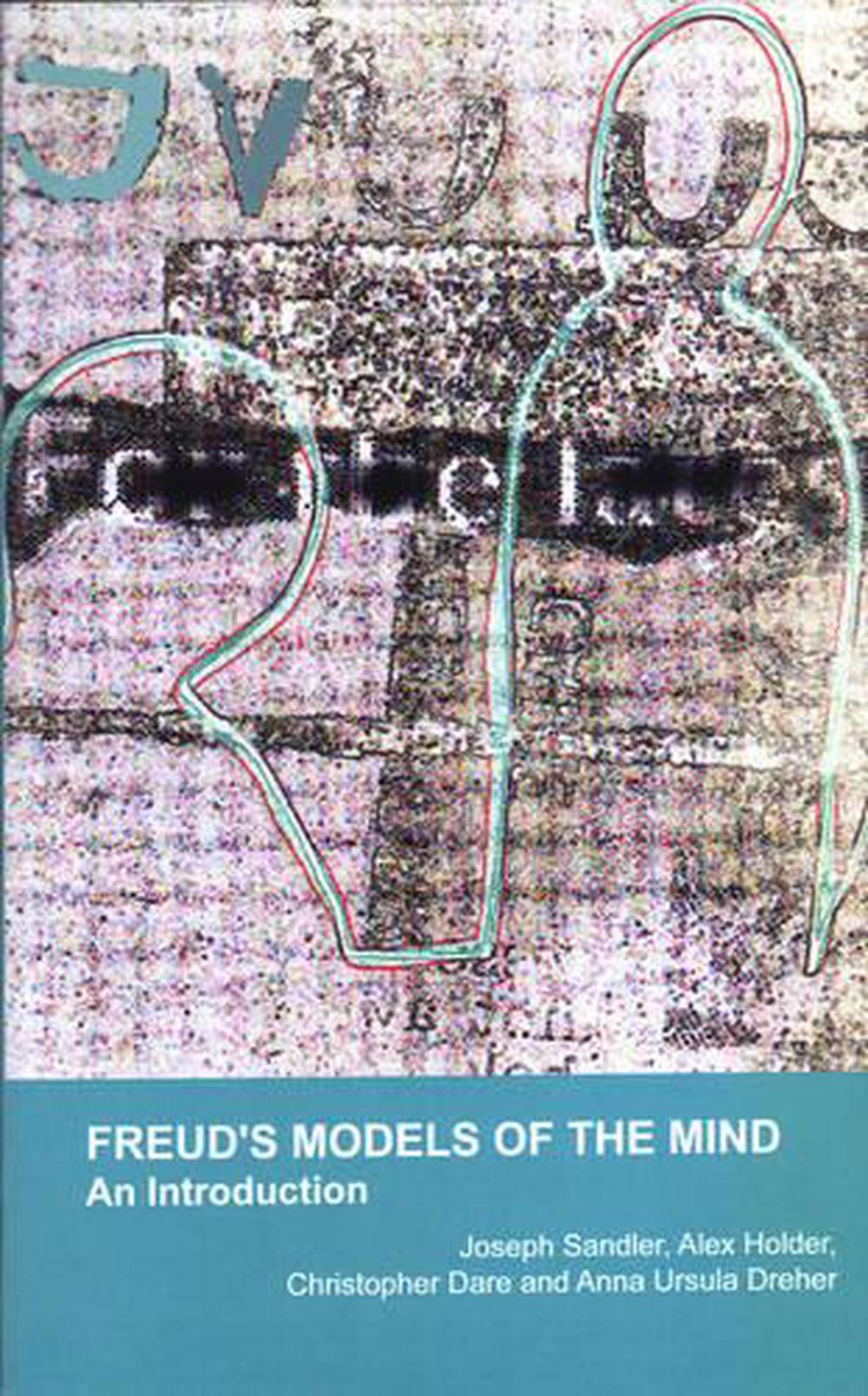
When you click on links to various merchants on this site and make a purchase, this can result in this site earning a commission. Affiliate programs and affiliations include, but are not limited to, the eBay Partner Network.
Freud's Models of the Mind: An Introduction by Jack Sandler (English) Paperback

- Item No : 157043713767
- Condition : Brand New
- Brand : No brand Info
- Seller : the_nile
- Current Bid : US $66.13
-
* Item Description
-
The Nile on eBay

Freud's Models of the Mind: An Introduction
by Jack Sandler, Joseph Sandler
The authors succeed in putting Freud's models of the mind into a historical and developmental framework and show the complexity of his thinking on the relationship between the conscious and unconscious mind.
FORMAT
PaperbackLANGUAGE
EnglishCONDITION
Brand New
Publisher Description
psychoanalysis is still creatively rooted in the work of its founders.
Review
'There are, of course, many ways of trying to make sense of Freud's models of the mind. [The authors] are quite aware of the difficulties and risks involved in presenting and schematising Freud's complexity of thinking and the polyphonic nuances of his attempts to map the relationship between out conscious and unconscious life. With a great sense of modest,y but also with a refreshing honesty and timely awareness of current debates in other fields of historical research, the authors stress the inevitable distortions inherent in any attempt to reconstruct historically even Freud's thinking. Yet they have succeeded admirably in their task, led by Sandler's well-known clarity of mind and talmudic subtlety in analysing and defining the meaning of Freud's concepts and general ideas, observing their transformation, and putting them into a historical, developmental, but not mechanical frame. This book is a must for everybody, regardless of what school or trend of psychoanalysis they belong to, for it enables us to understand how even contemporary psychoanalysis is still creatively rooted in the work of its founders.'- Riccardo Steiner'The authors have held firm to their original intent to present the structure of Freud's own work and thought as systematically as possible, given all the twists and even contradictions in Freud's developmental progression. This can serves as a conceptual springboard for both neophyte and seasoned analyst better to navigate our burgeoning literature, keeping in mind the transformed derivations from and elaborations upon Freud, as well as the clear departures from - and even repudiations of - other tenets of his overall body of work.'- Robert S. Wallerstein
Long Description
The authors succeed in putting Freud's models of the mind into a historical and developmental framework and show the complexity of his thinking on the relationship between the conscious and unconscious mind.
Review Text
'There are, of course, many ways of trying to make sense of Freud's models of the mind. [The authors] are quite aware of the difficulties and risks involved in presenting and schematising Freud's complexity of thinking and the polyphonic nuances of his attempts to map the relationship between out conscious and unconscious life. With a great sense of modest,y but also with a refreshing honesty and timely awareness of current debates in other fields of historical research, the authors stress the inevitable distortions inherent in any attempt to reconstruct historically even Freud's thinking. Yet they have succeeded admirably in their task, led by Sandler's well-known clarity of mind and talmudic subtlety in analysing and defining the meaning of Freud's concepts and general ideas, observing their transformation, and putting them into a historical, developmental, but not mechanical frame. This book is a must for everybody, regardless of what school or trend of psychoanalysis they belong to, for it enables us to understand how even contemporary psychoanalysis is still creatively rooted in the work of its founders.'- Riccardo Steiner'The authors have held firm to their original intent to present the structure of Freud's own work and thought as systematically as possible, given all the twists and even contradictions in Freud's developmental progression. This can serves as a conceptual springboard for both neophyte and seasoned analyst better to navigate our burgeoning literature, keeping in mind the transformed derivations from and elaborations upon Freud, as well as the clear departures from - and even repudiations of - other tenets of his overall body of work.'- Robert S. Wallerstein
Details
ISBN1855751674Author Joseph SandlerShort Title FREUDS MODELS OF THE MINDPages 224Publisher Karnac BooksLanguage EnglishISBN-10 1855751674ISBN-13 9781855751675Media BookFormat PaperbackYear 1997Publication Date 1997-05-31Imprint Karnac BooksSubtitle An IntroductionPlace of Publication LondonCountry of Publication United KingdomDEWEY 150.1952Illustrations IllustrationsBirth 1929Edited by Joseph SandlerSeries The Psychoanalytic Monograph SeriesDOI 10.1604/9781855751675UK Release Date 1997-12-31AU Release Date 1997-12-31NZ Release Date 1997-12-31Textbook 1


















